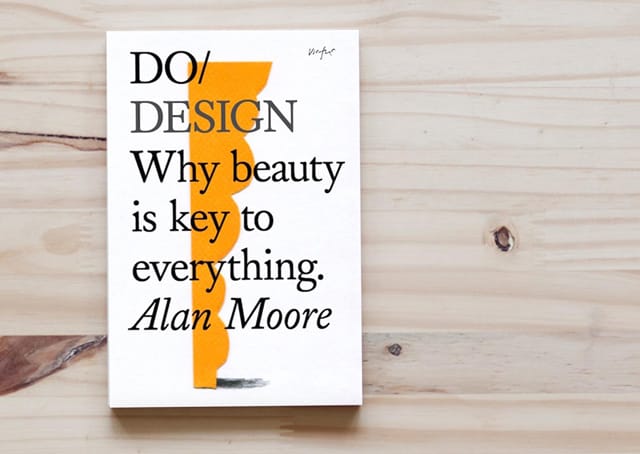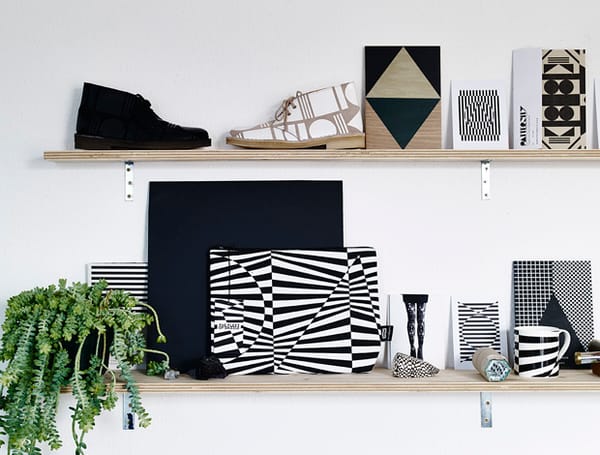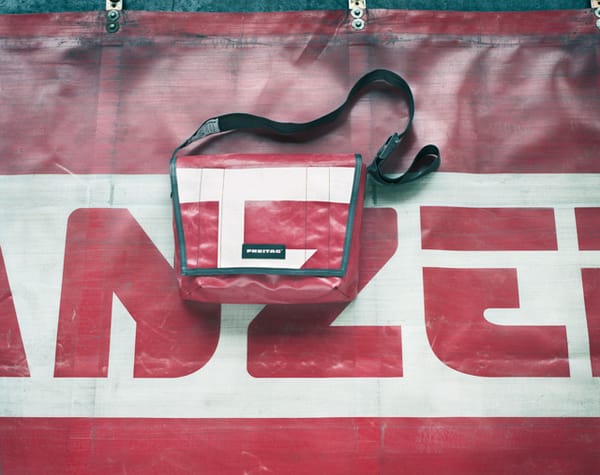To celebrate his new book DO Design: Why beauty is key to everything, author Alan Moore shares five stories that explore why beauty should always be a fundamental component of design.

1 The enduring utility, honesty and beauty in Shaker design. William Morris once said, “Have nothing in your house that you do not know to be useful, or believe to be beautiful.” Morris’s words across the Atlantic echoed the Shaker guiding principles of simplicity, utility and honesty in everything they designed and made. Shaker design is so purposeful in concept and so economical in execution that it meets the William Morris criteria perfectly.
Consider a Shaker chair: four posts, a few slats, a handful of stretchers, some yards of woollen tape for the seat. It could not be more simply made.
What distinguishes Shaker design is something that transcends utility, a subtle beauty that relies almost wholly on proportion. There is harmony in the parts of a Shaker object. And, in fact, there is harmony within and between all Shaker objects. Chairs, pails, bonnets, a dwelling room, a barn, a kitchen garden, the land itself.
The overriding Shaker belief was that the outward appearance of all things reveals their inner spirit. The Shakers effort to create enduring beauty was not dependent on style but truth. Truth in Beauty is what lends things their immortality. The purpose of work for the Shakers was as much to benefit the spirit as it was to produce goods. Mastery of craft was a partnership with tools, materials and processes: gaining experience in patience that served the craftsman in many other areas of life. 2 What world was Doug Englebart trying to create?
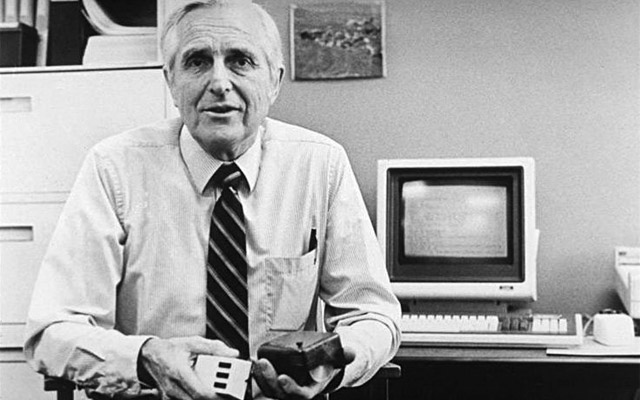
Doug Englebart like the Shakers was an optimist. Engelbart designed the mouse, hypertext, and video conferencing. Think of how many people have used a mouse, or made video calls, all possible through his vision combined with his design capability. Today, we all rather nonchalantly Skype each other around the world at the click of a mouse. Doug’s vision was of a world where people could collaborate and share information to solve some of the world’s most pressing problems. We should not look at what Doug built but ask: What world was he trying to create? It was Engelbart’s motivation, his purpose, his vision that should inspire us, so we can ask ourselves the same question: What world do I want to create?
So before getting excited about a new project, new business idea, maybe we could ask ourselves – what world are we trying to create? Are we just extracting stuff, money, information, data from people, or, are we doing something restorative, something beautiful?
3 Blitz Motorcycles. Love the work you do…

Hugo and Fred hand-build motorcycles. They build them from discarded older motorbikes, curating their builds using the frames, engines, petrol tanks and handlebars from machines of another time. They call their company Blitz – as in giving new life, new energy, new purpose, to old motorcycles. Possessed with an aesthetic vision of how these motorcycles could be reclaimed, then reborn as something new and exciting to ride, Hugo and Fred laboured after their love. For them, motorcycles, and motorcycle mechanics, are a passion.
The preservation of a time of motorcycle engineering became their quest. Kick-started from the place that makes the heart beat a little faster – the sound motorcycles make, the way they feel riding through Parisian streets or through the dusty back roads of another country – Blitz motorcycles speak directly to the soul. Hugo and Fred taught themselves motorcycle mechanics, learning through trial and error. It took a time, as it always does to become a master of your craft. They persevered. You can’t rush to greatness, you can’t guarantee it – you can only work towards it by practising your craft every day.
Simply, these machines take time to build, as each one is unique; there are no timesheets, only love as the arbiter of good work and a day’s toil.
As a good friend said to me, “Invest in love, it pays well in the end.’” Fred and Hugo have a list of people waiting impatiently for them to hand build a unique machine for them. 4 A great designer is a master of materials.
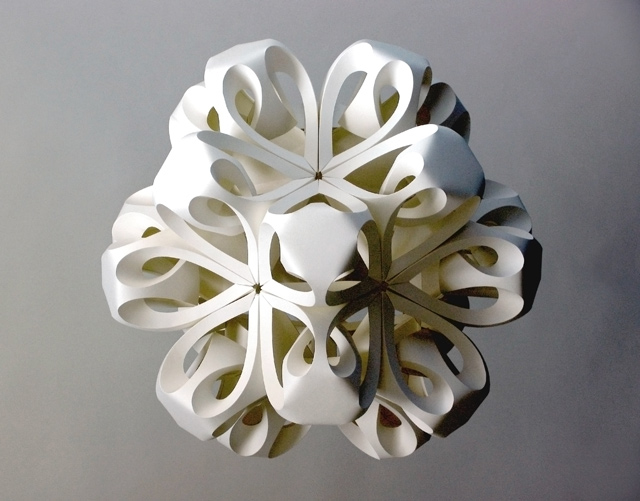
Jony Ive is the world’s most well-known industrial designer; his work at Apple has redefined much about what we think about computers, and how we use them. To get there Jony and his team have become masters of materials and engineering production, pushing past the conventional, constantly asking ‘Why not?’ and ‘How can we?’ Ive and his team ask: Why can’t we have glass, and glass this thin? Why not milled aluminium? Why not a unibody? Why can’t the insides be as beautiful as the outside? If you can’t make it – who can? In asking those questions, Apple has become one of the richest companies in the world, delighting the owners of its products on a daily basis.
As Emerson observed, great beauty is foundational. Design is based upon resolving how someone is going to use something. Great design is describing the very best experience for them, then moving towards that ideal. Funnily enough the money is never far behind. Finding the right materials and being able to apply them in service to a vision is fundamental to creating beautiful things. Think about a sheet of paper – in the hands of some it can fail even to become a simple paper aeroplane that can fly. In the hands of others, it is transformed into the most deliciously delicate shapes by a process called origami; we can only sit in wonder at its magical beauty. 5 Start with the space between the lines…

One day I asked one of the great typographers and book designers how he started the design of a book. He simply said, ‘I start with the space between the lines.’ I was quizzical. He was asking me to conceive the whole experience of the book, by thinking about its sensual, textured nature. How it could look effortless, and be a delight to behold. This design philosophy was also about the purpose of the work: the hand of the designer was in a sense hidden, no room for the ego of the celebrity designer. We instinctively know when the design is right, and when it is horribly wrong.
Cast your mind back to the harmonious Shaker chair. There should be a natural resonance and rhythm as the form blends content, images resonate with text, and text flows from one opening to the next with pleasing aesthetic logic. These things do not happen by themselves. They are the result of care, thought and meticulous attention to detail.
Beauty is work well resolved.
Extract from Do Design: Why Beauty is Key to Everything by Alan Moore. Out now and available from the Do Book Company, £8.99.

